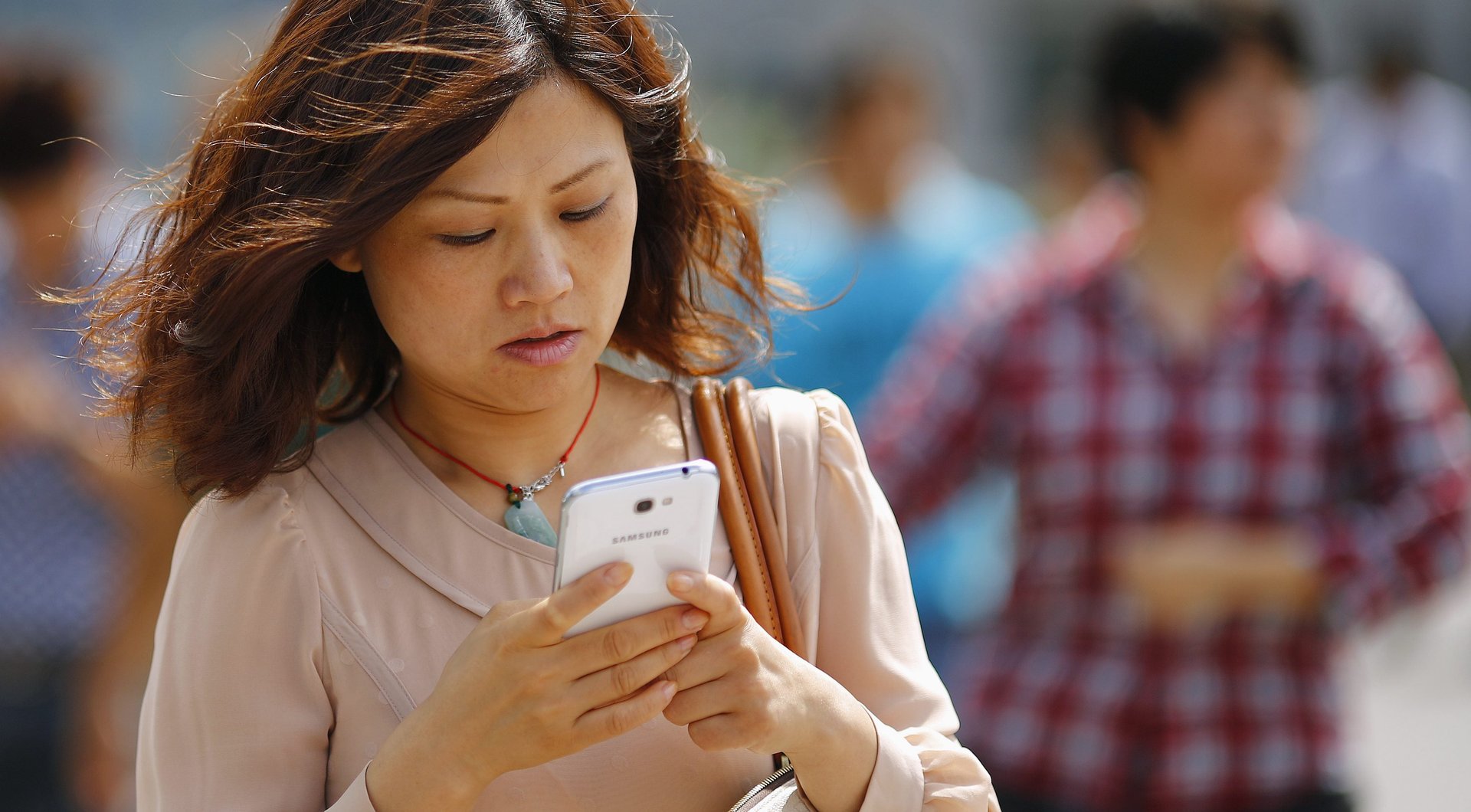One simple thing you can do for better mental health: turn off your push notifications
Do you ever see your phone light up across the room and feel a split-second of dread as you prepare to face whatever onslaught of information is contained therein?


Do you ever see your phone light up across the room and feel a split-second of dread as you prepare to face whatever onslaught of information is contained therein?
Chances are, if you live in the year 2018, your answer to that question is “Well, duh.” But it doesn’t have to be that way. Or, at least, it doesn’t have to always be that way.
Much has been written about the ways to ensure you are ruling your technology usage rather than letting it rule you. Indeed, digital detoxes and using tools like iOS 12’s new Screen Time function and app time limits are all great actions to take. However, few changes to your technology habits will have the far-reaching positive effect on your mental health as enacting a near-blanket ban on push notifications.
In the ethos of Tristan Harris, tech ethicist and founder of Time Well Spent, each individual push notification that appears on your screen is a tiny hijacking of sorts. It’s a moment that takes your brain from the place that it was to another one entirely, without consent. It’s also, with a few exceptions, completely unnecessary.
If everything is worthy of an interruptive notification, nothing seems important. Furthermore, most people don’t struggle to spend more time on social media, but rather, would like to be on it less. And when you add in the notification creep that apps like Facebook seem hell-bent on providing—do you really need to know that your cousin just posted a photo—the idea of having notifications that lure us further into our phone screens becomes absurd.
It’s time to take back control.
For a lot of people, push notifications are not an intentional choice, but a default. Each time you install a new app, you’ll usually get a pop-up asking if you want to receive notifications, which is easy to mindlessly or unknowingly consent to. So, make a mental note to not allow notifications on any new app you install—and be on the lookout for it to ask you for permission.
Next, you need to turn off as many of your push notifications as possible. You will likely want to keep a few, such as ones from your calendar, messaging apps like WhatsApp, Signal, and iMessage (but for the love of god, mute all of your overactive WhatsApp groups), Slack or other work-collaboration apps (though mute these outside of office hours), and FaceTime or the like for receiving calls. But when it comes to social media, news, email, and other non-urgent alerts like learning apps, airline apps, shopping apps, and games, try going dark to get a sense of what you are and aren’t missing. You’re probably already ignoring the vast majority of your push notifications as it is.
iOS and Android allow you to turn off notifications on an app-by-app basis in the Settings section of your phone. Start by doing a comprehensive audit. You might be surprised by how many notifications you’ve consented to.
Then, once you’ve spent a week or two living that notifications-free life, take stock of what you’ve actually missed. You might find that not knowing every twist and turn of political melodrama the very instant it happens is a healthy choice—and that you’re not any less informed than you were before. If so, great. If not, consider toggling the settings of the news apps you do receive notifications from to be more selective for breaking news. (In the Quartz app, for example, you can opt to receive only “Really, really big news” alerts via push.) You might also find that you check your email often enough that being individually notified of each one’s arrival is a little insane.
If you want to improve your mental health, your goal with push notifications should be to get to a point where, when you receive one, it contains time-sensitive information that is relevant to the next hour of your life—and thus worth the interruption.